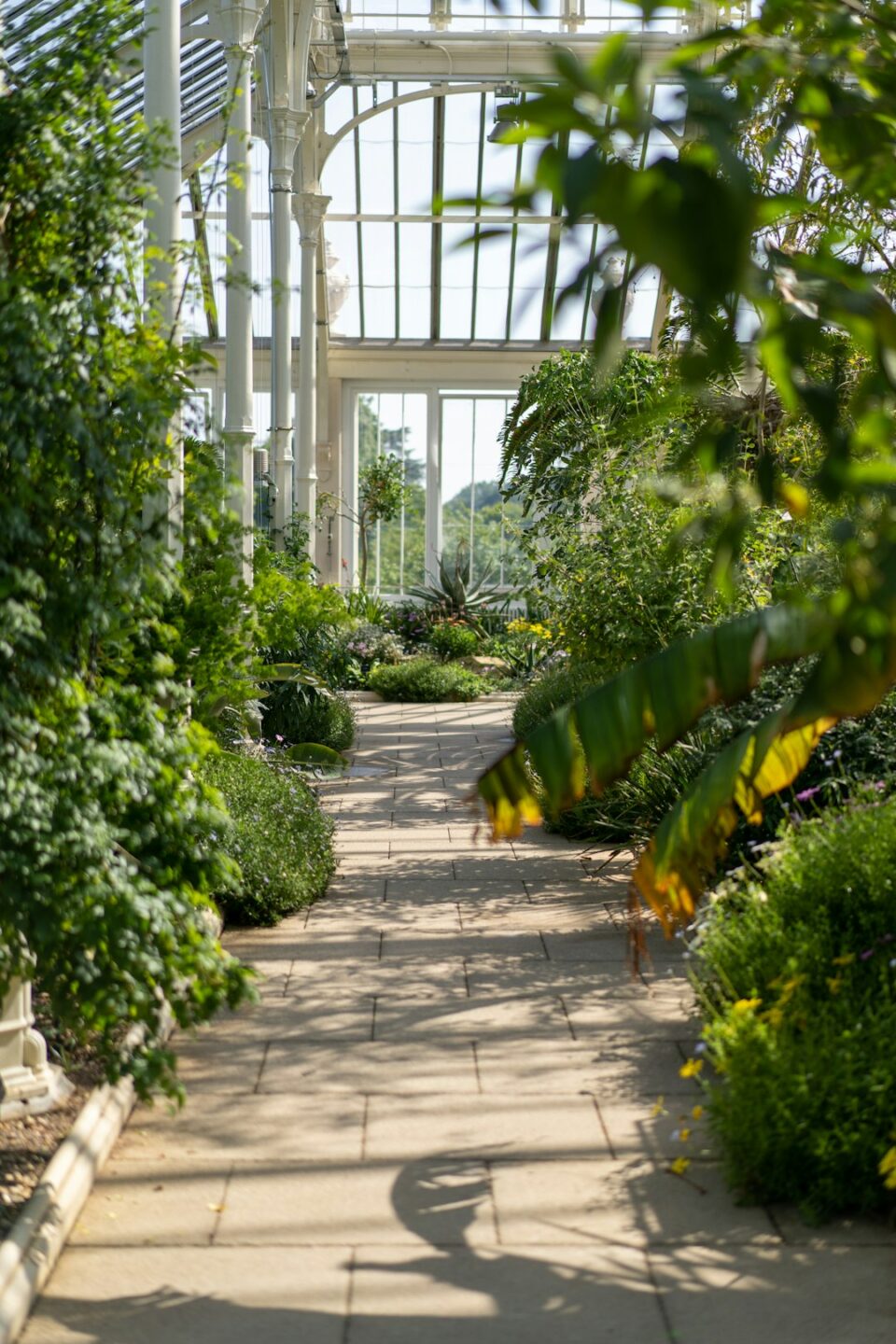In our hectic, fast-paced world, it is crucial to have a peaceful sanctuary where we can relax, recharge, and connect with nature. Creating a relaxing meditation garden is an excellent way to cultivate a space for mindfulness, reflection, and inner peace. Whether you have a large backyard or a small balcony, you can transform any outdoor area into a tranquil oasis that promotes serenity and well-being.
The first step in creating a meditation garden is to choose a location that receives ample sunlight and is shielded from noisy distractions. Ideally, the area should be quiet, secluded, and surrounded by nature to create a sense of tranquility. If you live in a busy urban area, consider using tall plants, trellises, or outdoor curtains to create privacy and block out noise.
Next, think about the design elements that will enhance the peaceful atmosphere of your meditation garden. Choose a color scheme that is calming and soothing, such as soft blues, greens, and neutrals. Incorporate natural materials like wood, stone, and bamboo to create a harmonious and grounding feel in the space.
One essential element of a meditation garden is comfortable seating. Choose a cozy bench, chair, or cushion where you can sit comfortably and meditate for extended periods. Consider adding a small table for tea or coffee, a book, or a notebook where you can jot down your thoughts or reflections.
Incorporate water features like a small fountain, birdbath, or pond to create a soothing ambiance in your garden. The sound of running water can help mask unwanted noise and promote a sense of peace and relaxation. A water feature can also attract birds and wildlife, adding to the natural beauty of your meditation garden.
Plants are another crucial element in creating a relaxing meditation garden. Choose plants that are low-maintenance, fragrant, and visually appealing. Consider adding aromatic herbs like lavender, rosemary, and sage, which can enhance your meditation practice and promote relaxation. Create a variety of textures and heights with plants to add visual interest and create a sense of balance in the space.
Another way to enhance the tranquility of your meditation garden is by incorporating sensory elements like wind chimes, aromatherapy diffusers, or scented candles. Infuse the air with calming scents like lavender, eucalyptus, or chamomile to create a peaceful and inviting atmosphere. Wind chimes can add a soothing soundtrack to your meditation practice, helping you focus and unwind.
Create a focal point in your meditation garden, such as a beautiful statue, sculpture, or piece of artwork. Choose an object that resonates with you and sparks inspiration or contemplation. This focal point can serve as a visual anchor for your meditation practice and help you stay present and focused.
Consider adding lighting elements like string lights, lanterns, or candles to create a warm and inviting atmosphere in your meditation garden. Lighting can set the mood for relaxation and contemplation, allowing you to enjoy your garden at dusk or in the evening.
To enhance the sensory experience of your meditation garden, consider incorporating a variety of textures and materials. Add soft cushions, throw blankets, and rugs for comfort and warmth. Include natural materials like wood, bamboo, and stone to create a tactile and grounding feel in the space.
One way to personalize your meditation garden is by incorporating meaningful objects or symbols that inspire you. Consider adding a small altar, prayer beads, or inspirational quotes to create a sacred space for reflection and meditation. These items can help you connect with your deeper self and enhance your spiritual practice.
When designing your meditation garden, remember to keep it simple and uncluttered. Create a sense of openness and flow by arranging furniture and plants in a harmonious and balanced way. Avoid overloading the space with too many distractions or decorations that could detract from the peaceful atmosphere you are trying to create.
Finally, remember that creating a meditation garden is an ongoing process that requires time, effort, and patience. Start small and gradually add elements to your garden as you find what works best for you. Take the time to care for your plants, water features, and seating area to maintain a peaceful and inviting space for relaxation and reflection.
In conclusion, creating a relaxing meditation garden is a wonderful way to cultivate a sense of peace, serenity, and well-being in your outdoor space. By incorporating elements like comfortable seating, water features, plants, sensory elements, lighting, and personal touches, you can design a tranquil oasis that promotes mindfulness, reflection, and inner peace. Take the time to create a meditation garden that resonates with you and brings you joy and peace every time you step into it.

